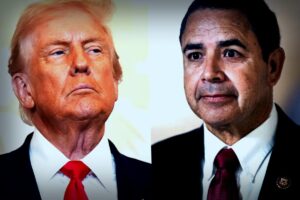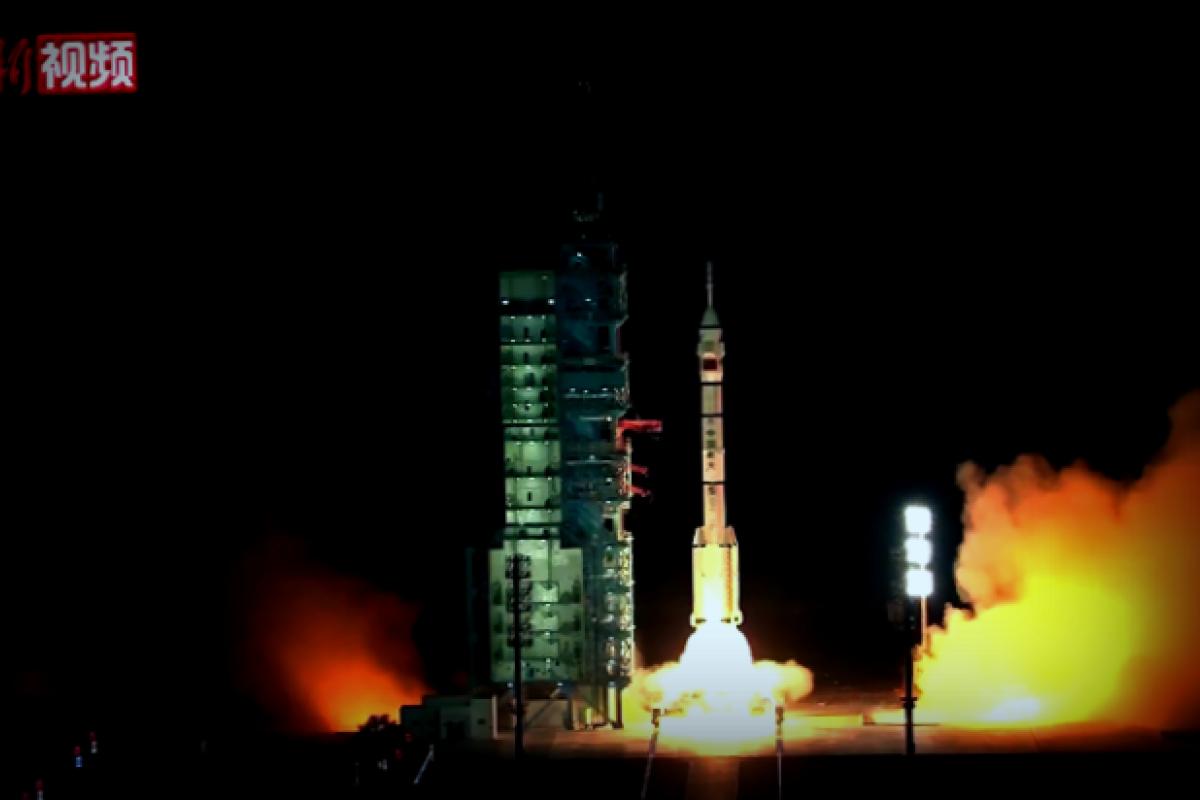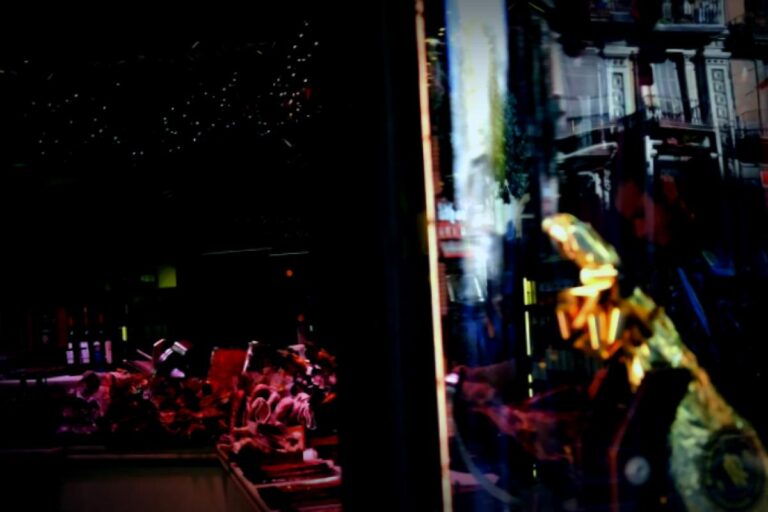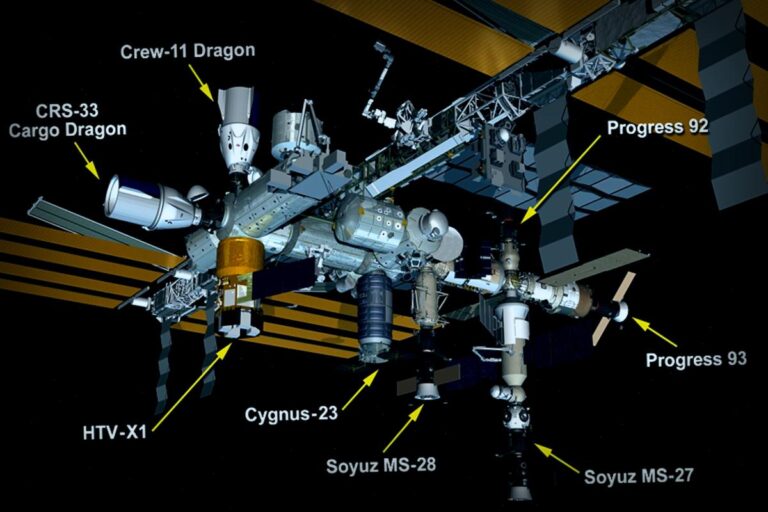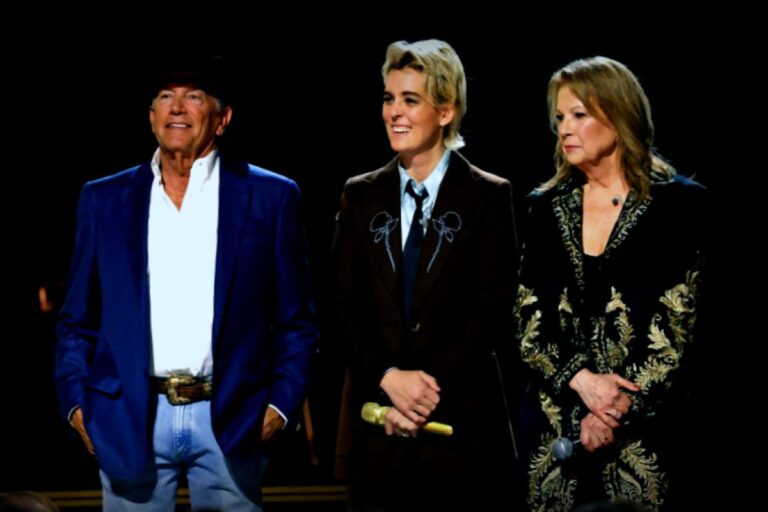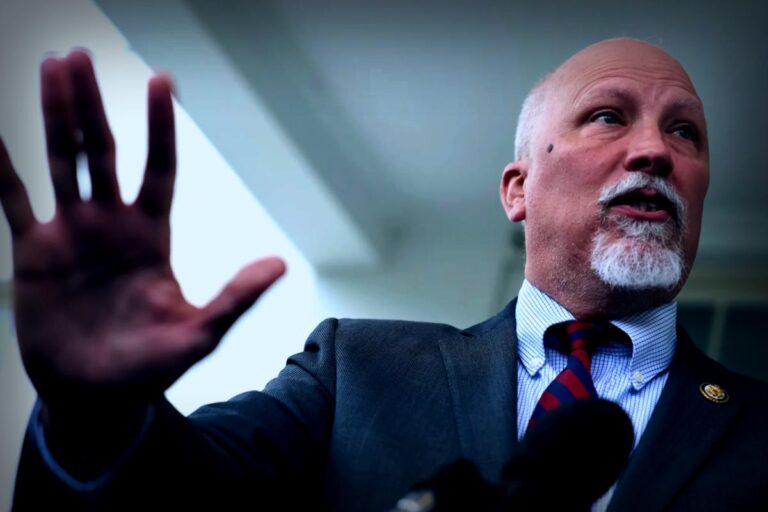When it comes to space missions, safety is tops on the agenda—no space agency can afford to take chances with its crew. This was reinforced when the China National Space Administration announced that the return of the Shenzhou-20 spacecraft from its Tiangong space station has been delayed. The setback came as they suspect damage from debris impacted the spacecraft, and now the three taikonauts are left in limbo with no definite return date while the situation is being assessed.
The original plan was for Shenzhou-20 to land back on Earth on November 5, touching down via parachute in Inner Mongolia after a half-year orbit. Interestingly enough, this mission included crucial spacewalks to add protective shielding to Tiangong. Just last Friday, Shenzhou-21 launched to include a fresh crew. CNN reports the taikonauts had already participated in a formal handover ceremony, during which commander Chen Dong passed on the ‘hatch key’ symbolizing operational control of the space station, saying, “We are on the brink of returning, and I am now transferring operational duties to you.”
The Columbia Tragedy: A Cautionary Tale
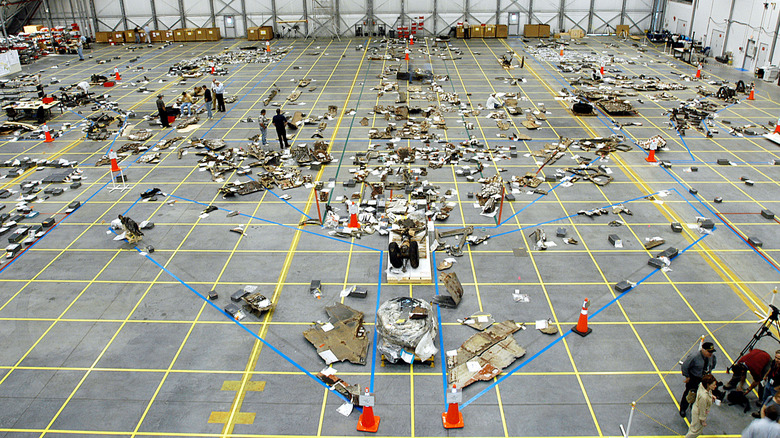
The challenges faced by Shenzhou-20 echo the disastrous Columbia incident back in 2003. During that ill-fated mission, foam insulation broke off the Space Shuttle’s external tank and struck the wing at tremendous speed—resulting in catastrophic damage that led to the disintegration of Columbia during reentry and the loss of all seven astronauts aboard. This tragic event halted the Space Shuttle program for two years and served as a stark reminder for all space agencies about the dire importance of strict safety protocols.
As human spaceflight continues to increase, so does the chance of oversight that could lead to disasters. NASA experienced its own woes recently with the Boeing Starliner during a crewed test flight. Astronauts Butch Wilmore and Suni Williams were stranded on the International Space Station while engineers on the ground tackled ongoing issues that cropped up during the launch. Wilmore further mentioned that some thrust failures had him losing full control during the critical meeting with the station. In the end, NASA opted for the autonomous return of the Starliner while making arrangements for a SpaceX Crew Dragon mission to safely bring Wilmore and Williams back home.


